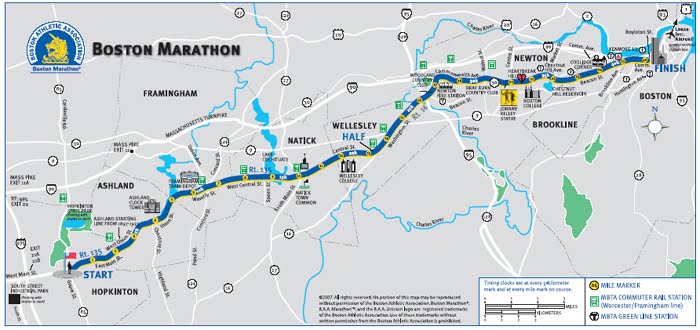At the gym, I did 16 minutes at level 11 on the Stair Climber and a 55 minute Total Body Conditioning class. The class was great, but something embarrassing happened during the class: I did not realize there was a hole in my workout pants (around the butt area) and when we laid on the floor to do leg lifts I saw the hole (as did the rest of the class). Fortunately, I realized this at the beginning of the class and had to restrain some of my exercises during the duration of the class. Needless to say those pants were thrown out as soon as I got home. Guess it is time for new workout pants.
After our cleaning extravaganza, Evan and I put together this lovely dinner.
With the star ingredient being this marinade that we used on the Swordfish.
OK, on to Heart Rate.... I have recently done some research on defining what is your target heart zone, how do you know what your target zone is, how do you measure your heart rate, and how often do you measure it? Here is what I have found:
(Disclaimer: I am not a professional or a doctor; this is information I have received on-line and a book)
If you want to get significantly stronger and faster you need to push yourself to a point of discomfort at times. The appropriate point of discomfort would be your target heart rate zone. Your heart rate during exercise is an indicator of the stress on your body. Therefore, if your heart is beating too fast, you may be overworking your body; if it is not beating fast enough then you may not be getting much benefit from your workout. The American College of Sports Medicine defines target heart rate zone as 50 to 85 percent of your maximum heart rate.
How do you find your target zone: Subtract your age from 220. Then, to find your target zone, calculate 50 percent and 85 percent of this number.
For example:
I am 25, so this would be my target zone:
220
- 25
_________
195 195
x.85 x.50
_________ _______
165.75 High End 97.5 Low End
So if you are 25, your heart rate should stay somewhere between 97 and 165 beats per minute. This zone is only an estimate, so I read that your true maximum heart rate could be 15 beats higher or lower than your high end.
You can measure your heart rate by taking your pulse on your wrist or neck. Count the number of beats for 15 seconds and multiply the number by 4. You can also buy a heart rate monitor. I have one that goes around my waist that came with my Garmin.
Monitoring your heart rate periodically and charting it can give you an idea of how you're improving. However, if you are a beginner, it is recommend to check your heart rate a couple of times each workout. Therefore you can monitor how your body reacts to exercise. Another way to track your improvement is to measure your recovery heart rate; how quickly your heart slows down after a workout.
Does anyone measure their heart rates? Do you chart your progress? Does monitoring your heart rate help with training?
Today is a rest day for me! Have a great Friday everyone!!
Reference:
(Schlosberg, S.(1998) The Ultimate Workout log)




lol about the workout pants! Dinner looks awesome!
ReplyDelete